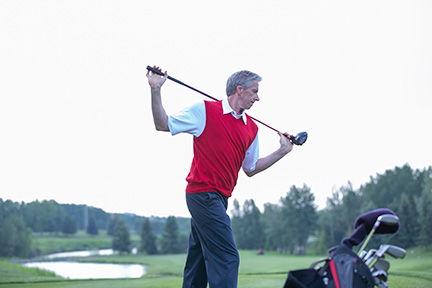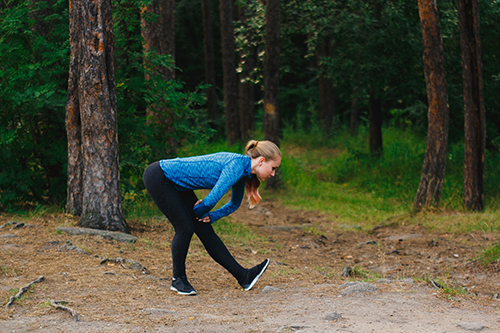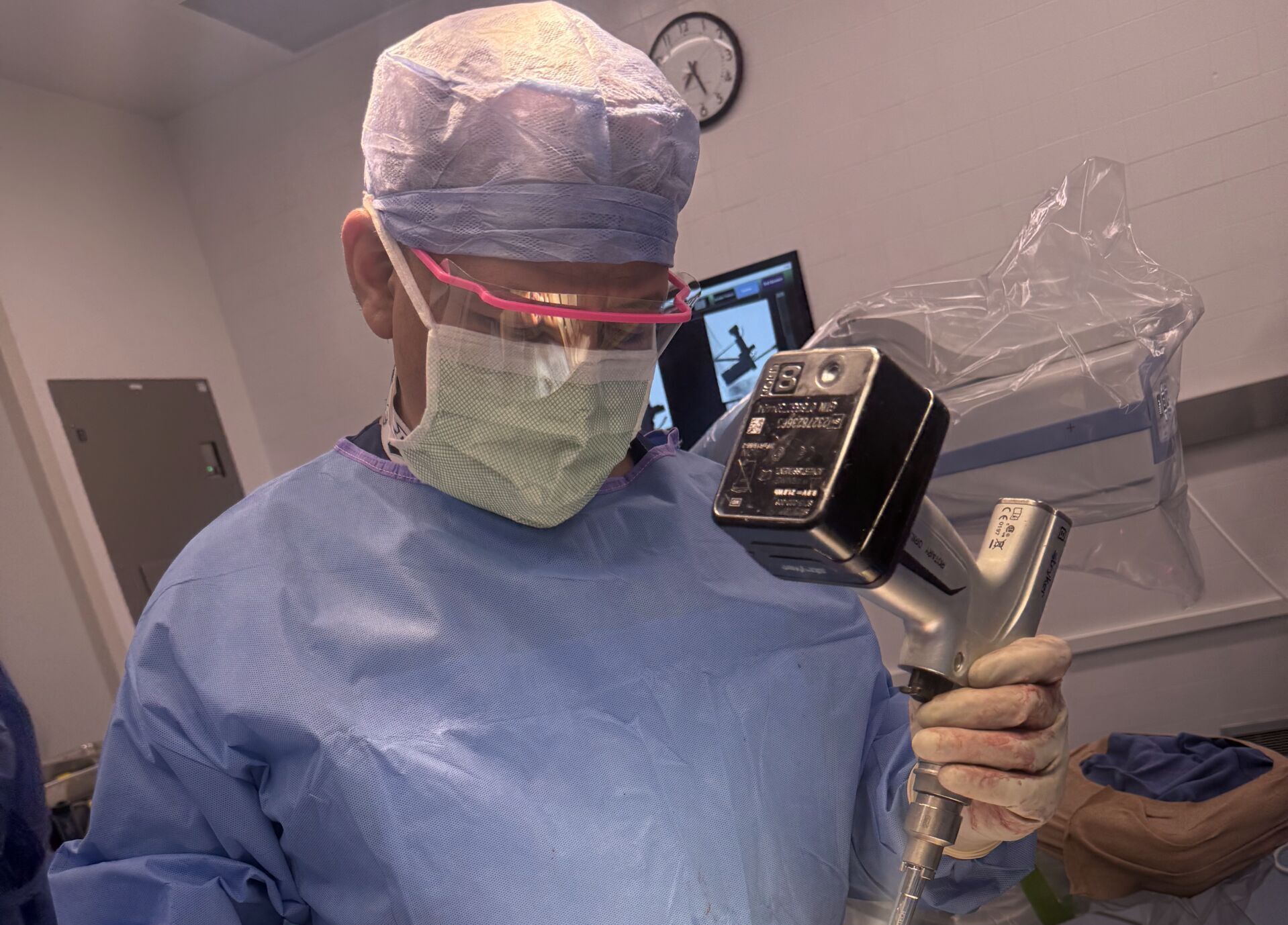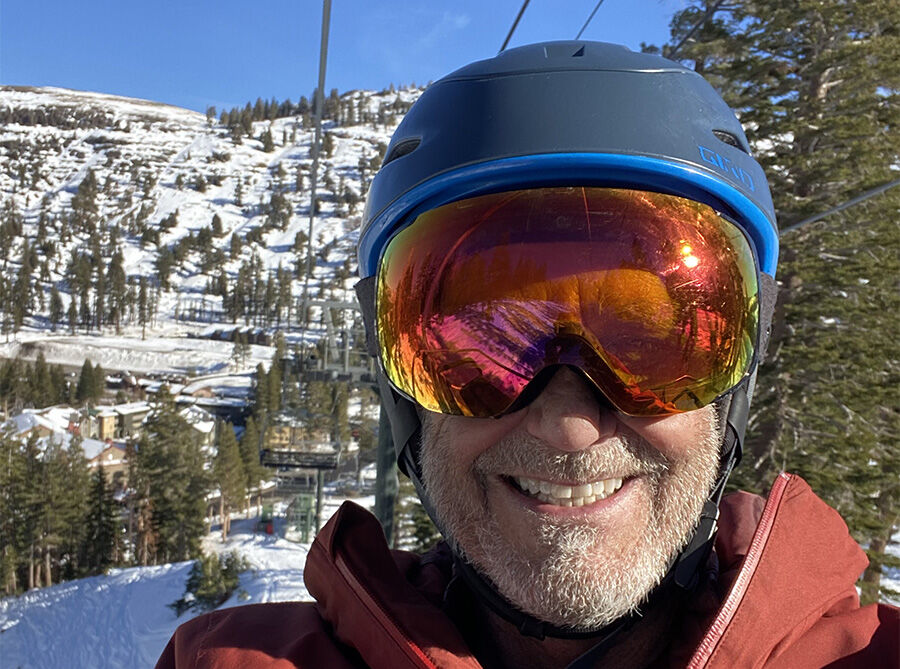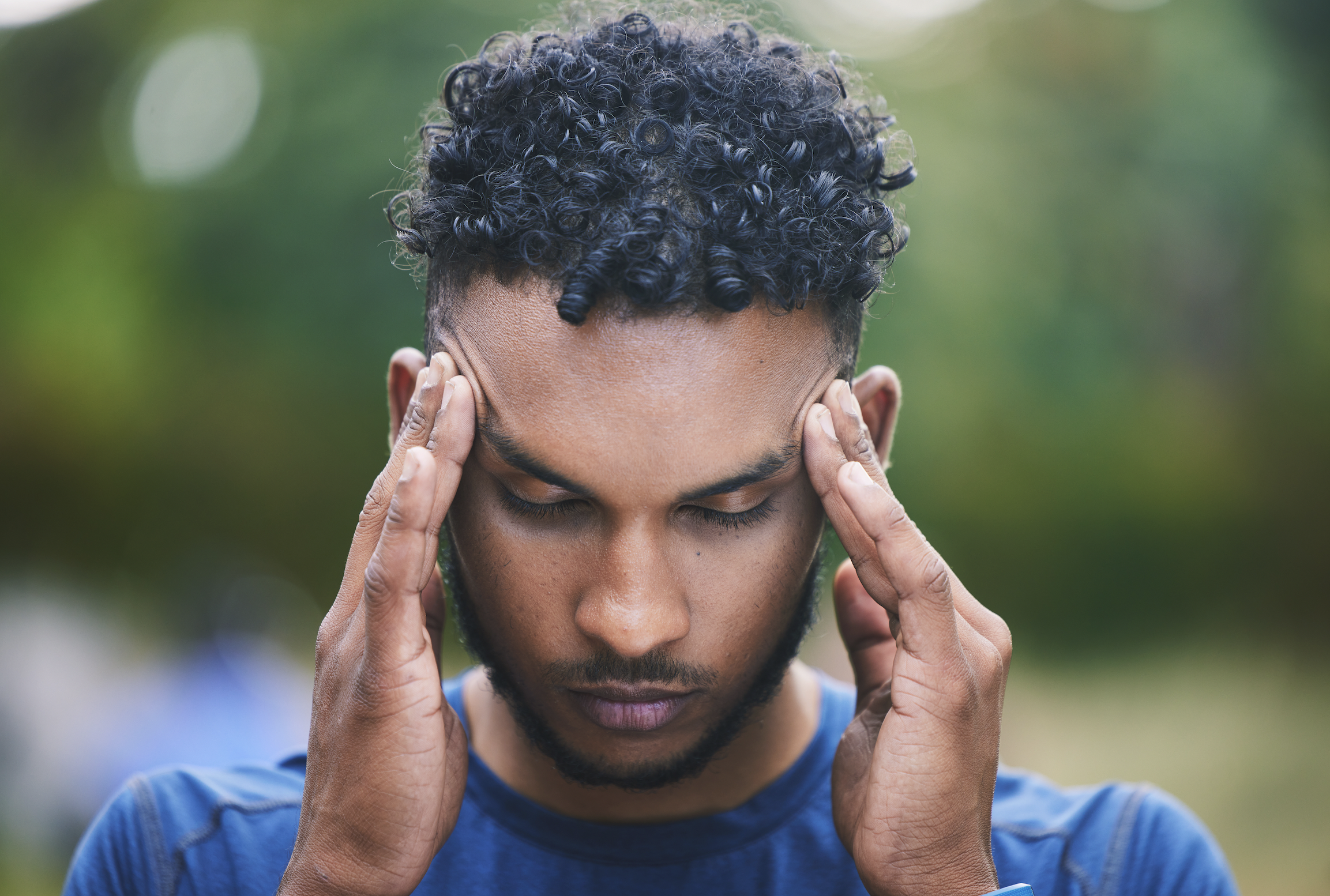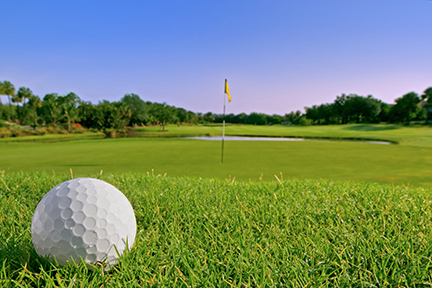
Roughly 40 percent of amateur golfers are injured each year, and lower back injuries are the most frequent injury. Injuries to the lumbar spine are the most common musculoskeletal injuries in golfers. Professional golfers tend to develop overuse injuries, whereas recreational golfers tend to sustain acute traumatic injuries. The lumbar spine intervertebral disc sees forces equivalent to roughly 8 times body weight during a golf swing, with higher peak forces in recreational golfers. The stress on the spine in golf is asymmetric, with increased stress on the trail side (typically the right side), as well as increased degenerative changes on that side. Strength and conditioning for improved endurance of the trunk muscles may help prevent the development of low back pain in golfers, particularly the transversus abdominis muscle.
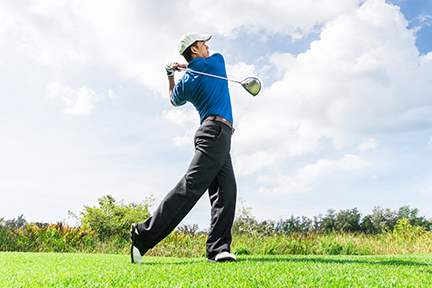
The golf swing is a unique rotational movement, firing in a kinetic sequence from feet to hands to club, and is likened to the crack of a whip. If one body segment isn’t functioning properly, an adjacent segment can be injured, which often happens with the lower back.
- The lumbar spine intervertebral disc sees forces equivalent to roughly 8 times body weight during a golf swing, with higher peak forces in recreational golfers.
- The stress on the spine in golf is asymmetric, with increased stress on the trail side (typically the right side), as well as increased degenerative changes on that side.
Golfers should consider seeking professional evaluation if they have back pain which is associated with leg pain or numbness and tingling. If the patient is experiencing changes in bowel or bladder function, or lower extremity weakness, they should seek urgent or emergent medical attention. Similarly, prolonged back pain which lasts greater than six weeks should prompt the player to see a physician. After any injury, consult your physician regarding return to play guidelines. Return to play is safe when asymptomatic and should include a gradual resumption of activities with focus on building endurance prior to playing a full round of golf.
The most common back injuries in golfers are:
- facet joint syndrome
- herniated discs
- sacroiliac joint dysfunction
Symptoms of back injury include:
- Pain in the lower back.
- Pain in the buttocks, hips, groin, and pelvis.
- Numbness and weakness in pelvis and legs.
- Burning sensation in the pelvis.
- Sharp pains radiating down the legs.
Golfers should build a foundation in whole body training, meaning moving multiple body parts in a single exercise.
Dynamic stretching should be done BEFORE activity to prepare the body for movement through a range of motion. Dynamic stretches are held for 3-5 seconds and repeated 10-15 times.
**Results may vary depending on the nature of your problem and diagnosis. Please consult your orthopedic physician or physical therapist for a program specific to you.**
Try these dynamic stretches to help prepare you for your golf game!
Injury Prevention: Strength and conditioning for improved endurance of the trunk muscles may help prevent the development of low back pain in golfers, particularly the transverse abdominis muscle.
See your doctor if your back pain:
- Is associated with leg pain or numbness and tingling.
- Changes in bowel or bladder function, or lower extremity weakness, they should seek urgent or emergent medical attention.
- Prolonged back pain which lasts greater than six weeks should prompt the player to see a physician.
Seek immediate care if your back pain:
- Causes new bowel or bladder problems
- Is accompanied by a fever
- Follows a fall, blow to the back or other injury
After any injury, consult your physician regarding return to play guidelines. Return to play is safe when symptoms have resolved. Include a gradual resumption of activities with focus on building endurance prior to playing a full round of golf.
CALL FOR YOUR APPOINTMENT
831-475-4024
Visit our website to learn more:
www.goldenstateortho.com
https://myortho.me/spmedgo

